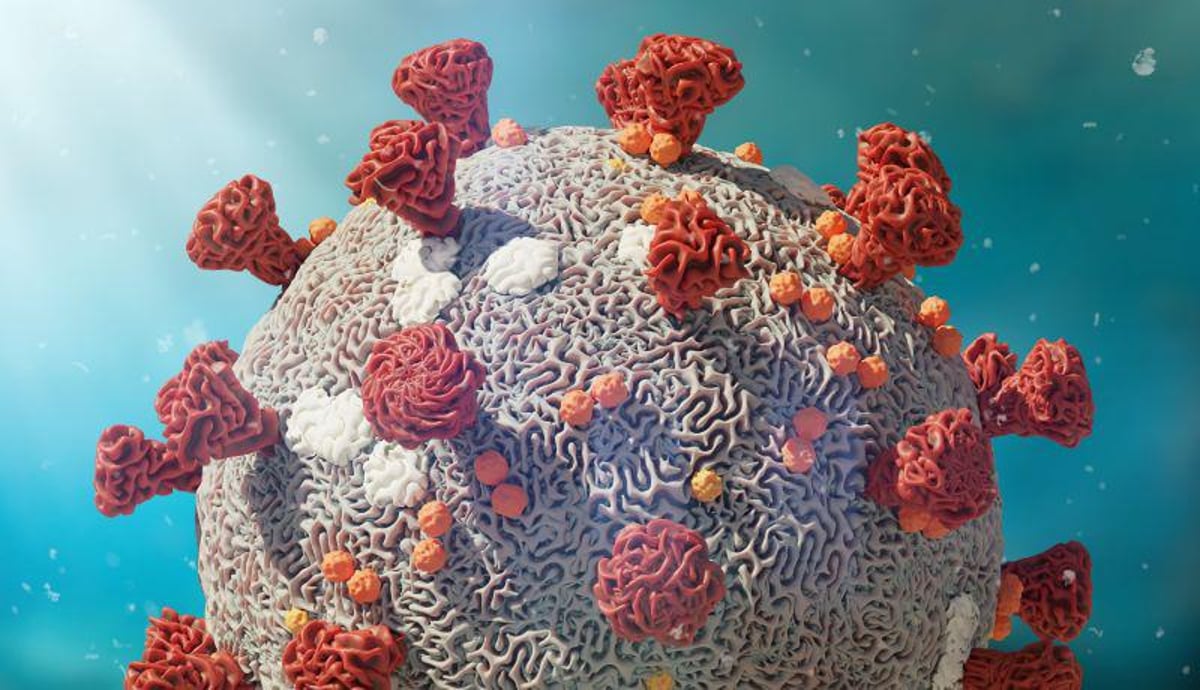CDC Estimates U.S. COVID-19 Infections Now Close to 140 million

WEDNESDAY, March 2, 2022 (HealthDay News) -- The United States has had about 140 million COVID-19 infections since the start of the pandemic, new data from the U.S. Centers for Disease Control and Prevention show. That number is far higher than the 74.3 million confirmed COVID-19 cases nationwide as of Jan. 31.
The new findings are from the the CDC national antibody seroprevalence survey of blood tests for antibodies to the coronavirus triggered by infection, not by vaccination. As of late January, about 43 percent of the U.S. population had been infected with the virus, the CDC said. That includes nearly 60 percent of children up to age 18 years, almost half of people ages 18 to 49 years, 37 percent of those ages 50 to 64 years, and 23 percent of those 65 years and older, according to the CDC. The highest seroprevalence rate was in Wisconsin (56.1 percent), while the lowest was in Vermont (17.8 percent).
"I think this reflects more exposure than immunity," Peter Hotez, M.D., dean of the National School of Tropical Medicine at the Baylor College of Medicine in Houston, told CNN. "I think what people should take from that is about half the country's been infected with COVID-19, which is pretty extraordinary itself."
The difference between the seroprevalence rate and the confirmed number of cases may be due to a large number of asymptomatic or mild cases of COVID-19 that are not spotted through testing, CNN reported. Also, many Americans have started relying on at-home tests, and those results generally are not included in CDC databases. While the CDC seroprevalence data can reveal the number of people with antibodies, the presence of antibodies does not guarantee protection from reinfection and the data do not show people's levels of antibodies.
What the data "doesn't tell us is: Are those antibodies high enough to actually protect against infection if the virus would come that person's way again?" Keri Althoff, Ph.D., M.P.H, an associate professor of epidemiology at the Johns Hopkins Bloomberg School of Public Health in Baltimore, told CNN.
"The COVID infections themselves have created a lot of immunity. How durable, how strong, what the duration of that immunity is, remains to be determined," William Schaffner, M.D., a professor in the Division of Infectious Diseases at Vanderbilt University Medical Center, told CNN. "What these data are designed to give us a sense of is: What's the magnitude of the issue? It's a little like looking at some mountains across a big plain. You can see where the mountains rise, where they peak and where they fall. You don't have to count every tree to get the big picture."
Related Posts
FDA Panel Backs Pfizer, Moderna Shots for Children 5 Years and Younger
THURSDAY, June 16, 2022 (HealthDay News) -- An advisory panel to the U.S. Food...
Quizá le den un nuevo nombre a la viruela del simio para frenar el estigma
LUNES, 15 de agosto de 2022 (HealthDay News) -- La viruela del simio (también...
¿Dolores y calambres en las piernas? Podría ser EAP
DOMINGO, 27 de febrero de 2022 (HealthDay News) -- Los dolores o los calambres...
AI Can Help ID Incidental PE on Conventional Chest CT Exams
TUESDAY, Aug. 2, 2022 (HealthDay News) -- An artificial intelligence (AI)...
